"Important NOTE" Information
Provided On This Website Is Intended For "GENERAL
INFORMATION ONLY" And
Must Be Only Be Used Only As A "GUIDE" It Must
Not Be Used For Decision Making, Or Be Used For Any Building Purposes
Or Legal Proceedings. Refer To Our Policies On The Website.
Based On A Site "Soil Classification" A Structural
Engineer Will
Design The Building Footings To Suit The Dwelling.
Building site specification must contain details of the soil type and its
conditions.
Why?
Because this is the heart of the building blueprint that will be used for the overall
design.
Some sites are naturally bad for building, and care must be taken to ensure they are
suitable to design with these conditions
But, only with the right specification to be used this is to overcome any drawbacks later
on.
A few things to consider are will weather conditions have an effect on the site
categorization.
* Is the soil specification good for building.
* Is the location prone to severe rain or high winds.
If so
The building design must take into account the following things flooding and wind
shear.
After careful considerations about the different soil conditions exposed at the building
site, it will be systematized
in its correct class.
One thing to keep in mind is
Having the wrong site categorization will lead to an incorrect structural design. This
will lead to thousands upon thousands of dollars wasted to rectify this disaster.
A site categorization must be done by a professional person with sound technical knowledge
and many years of
field experience.
A building site may have variable soil properties such as Clay, Sand or Rock.
Different types of soils divulge different levels of movement, ranging from mild to
extreme.
One thing to keep in mind is soil that expands with water absorbing minerals and, contracts when the soil is
in a drying out phase.
Why?
Well,
The greater the water content is absorbed within the clay composition, the more it will
expand also temperature
can cause this expansion problem.
Let's talk about these two factors affecting soil movement:
* Swelling
* Shrinkage
First off Swelling:
This takes place when the clay composition layers absorb water and expand.
This in turn, will put a fair amount of pressure on building structures causing damage to
walls, floors, and
foundations. Trust me on this.
The damage in most cases is confined to the lower portions of the construction! by ovement
that occurs within
the structure.
This could also damage the upper levels of the home, including the roof and, in extreme
cases cause the
building to collapse.
Next in order is, the effects of Shrinkage:
This is the polar effect of swelling.
As clay composition layers lose condensation, they contract causing
openings. These fissures assist water to
pierce deeply in between the soil composition.
With expansion and shrinkage taking place and, continuous putting pressure on the building
structure.
This occurs by the movement within the clay composition
This in turn, will cause structural weakness and damage.
A Few Tests That Must Be Done To Determine SITE "SOIL
CLASSIFICATION"
There are two or more test holes that are dug, about 2.5 meters deep to get to the soil
samples. Then, these
visual classification are recorded and put into a report.
This is after the appropriate soil tests have been carried out in a laboratory.
These soil properties are determined depending on the physical data obtained from these
tests.
So, based on site classification data this is how a structural engineer will design your
foundations or footings
for a new building.
Here Are A Few SITE "SOIL CLASSIFICATION"
CLASSES:
* Class A - If it has a surface movement of 0mm. An example might be gravel, rock, and
sand sites that have
no clay composition, will come under this category.
* Class S - This is the surface movement for this category, and is between 0 - 20mm. These
sites are a little more responsive and combat minimal activity with moisture.
* Class M - This activity is in the range of 20 - 40mm. It is to some extent, quick to
react and experiences bearable activity with various moisture content.
Soils under this specification are called sandy clays, loamy soil, or silty
soils.
* Class H1 - This activity is in the range of 40 - 60 mm. These sites are notably
responsive and exhibit high activity, depending on moisture content.
These types of basaltic clays, silty clays, or sandy clay composition all come under this
category.
* Class H2 - This activity is in the range of 60 - 75mm. These sites are highly
susceptible and show a high
magnitude of activity with moisture change.
All of these types of sandy clays, basaltic clays or silty clays, fall under this
category.
* Class E - The activity range is >75mm.
It has an excessively magnitude of activity and exhibit large displacement when moisture
content fluctuates.
These deep quick to react clays are from black/brown soils that fall under this
category.
* Class P - A "P class specification" signifies that there are other aspects that need
attention, and not just soil data alone will do the job.
However, this does not attest to a specific activity range but, is classify as a problem
site.
Here are a few reasons for this categorization:
- Sites that are conversely controlled or uncontrolled by loose fill.
- Growth or removal of vegetation, that will cause abnormal moisture
conditions.
- Sites that have poor load bearing capability.
- Unusually high water content, due to nearby water body's.
- Sites prone to subsidence, piping or erosion.
- Then there are sites which cannot be grouped as normal due to one or more
reasons.
Remember One Thing A Site Has To Be Evaluate Carefully
Before Any
Site "Soil Classification" Paperwork Can Be Handed Over To An Engineer.
This is why
Site classification are needed, to allow a structural engineer to designed the appropriate building
plans.
The worst case scenario is a mistake made in the classification results or
reports
Why
Let's just say
I hope you have a big bank account because the costs will run into thousands of dollars,
due to the damage it
could cause to a building
And, heaven forbid the risk to human life.
|

|
Videos Are Under Construction They Will Be Uploaded
Soon |
|

|
Videos Are Under Construction They Will Be Uploaded
Soon |
"Important NOTE" Information
Provided On This Website Is Intended For "GENERAL
INFORMATION ONLY" And
Must Be Only Be Used Only As A "GUIDE" It
Must Not Be Used For Decision Making, Or Be Used For Any Building Purposes
Or Legal Proceedings. Refer To Our Policies On The Website.
| 


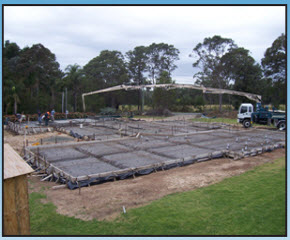
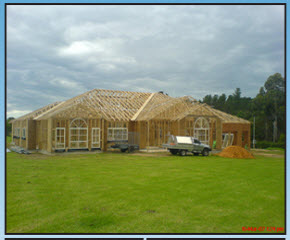
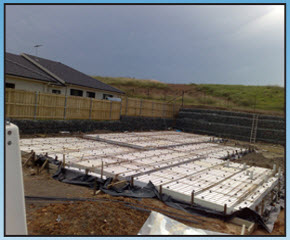
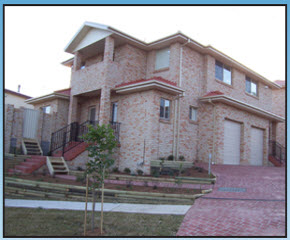








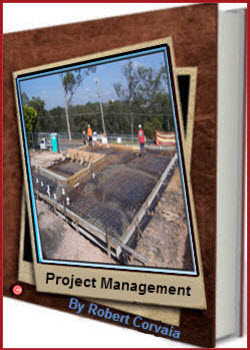

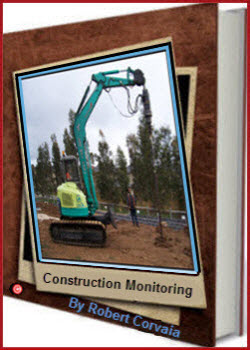
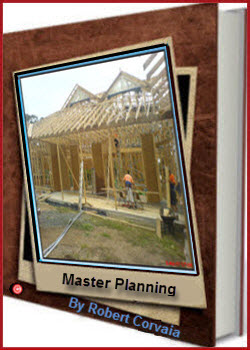


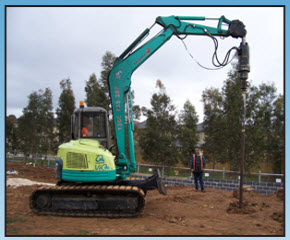
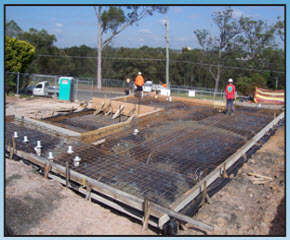
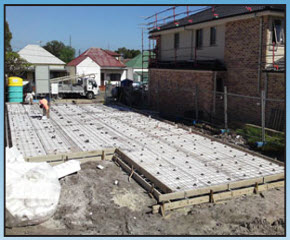





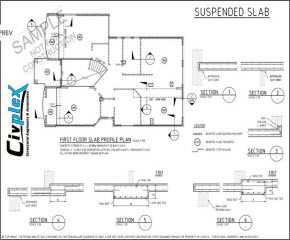
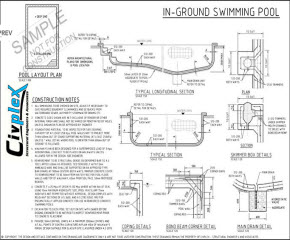
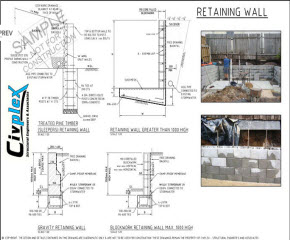
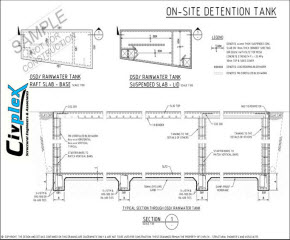


 Google Bookmarks
Google Bookmarks Stumbleupon
Stumbleupon Blogmarks
Blogmarks Digg
Digg Netvouz
Netvouz Newsvine
Newsvine Diigo
Diigo Yahoo My Web
Yahoo My Web Spurl
Spurl Wists
Wists Facebook
Facebook Delicious
Delicious Fark
Fark Twitter
Twitter Technorati
Technorati Reddit
Reddit Ma.gnolia
Ma.gnolia Livejournal
Livejournal BlinkList
BlinkList

























